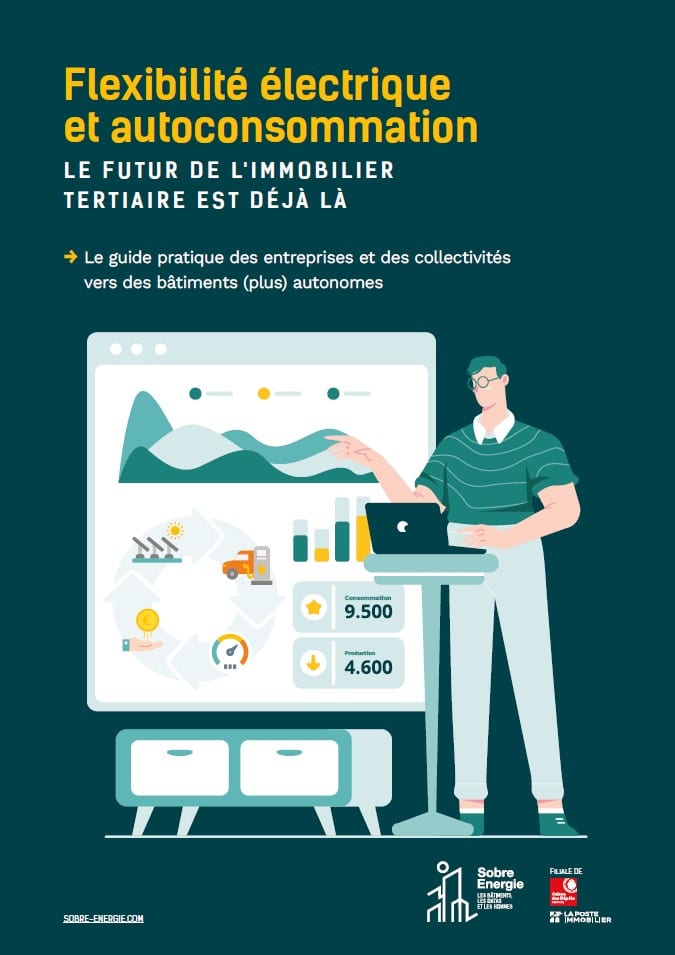Changes to the files, new bonuses, increased volume for the next period, analysis of the news surrounding Energy Saving Certificates for your commercial buildings.
Energy prices remain volatile
As winter approaches, energy prices remain volatile and under pressure.
Relative easing in gas prices
In the European Union, gas inventories continue to gradually fill, reaching 91% of capacity in France, which reduces concerns about winter supplies, according to the consulting firm Sirenergies. The French Cal'26 contract thus fell by 1% during the week of September 23 to settle at €30.75/MWh. However, geopolitical tensions surrounding Russia and the war in Ukraine, as well as the new round of European Union sanctions (a ban on imports of Russian Liquefied Natural Gas from 2027), could push prices higher in the coming months.
Electricity: towards rising prices with the end of ARENH?
The electricity contract for delivery in 2026 is set for the week of September 23 at €57.71/MWh. However, a regulatory change will impact its prices by the end of the year: starting December 31, 2025, ARENH, the Regulated Access to Historic Nuclear Electricity scheme, will disappear! It allowed companies to benefit from access to nuclear electricity at a regulated price (€42/MWh). A price well below those currently on the wholesale market.
With the disappearance of ARENH, the price of electricity will depend more on the wholesale market, where fluctuations are greater. UFC-Que Choisir highlights in a recent study* that this reform is based on a new method of calculation, based on unstable prices, instead of the real cost of production in France: if this reform had been implemented from 2025, the supply cost used to set regulated tariffs would have climbed to €117.29/MWh for consumers, a dizzying increase of 44% compared to the current level (€81.37/MWh).
With gas and electricity on, there's plenty of incentive to improve the energy performance of your commercial buildings. By tracking your consumption with an energy management platform like DATAMARC NEO or by taking advantage of CEE bonuses for your renovations.
3 new CEE sheets for the tertiary sector
Many changes have been made to the CEE system since the summer, with the aim of better tracking fraud and refocusing aid on the most effective systems.
Aid for heat pumps and geothermal energy
The 75th decree, published on September 9, removes the BAT-TH-113 file which is replaced by 2 new files:
- BAT-TH-163 air-water heat pump
- BAT-TH-164 water-water or glycolated water-water heat pump
These 2 CEE forms benefit from a bonus for the replacement of a coal, oil or gas boiler:
- Bonus coefficient of 3 for the BAT-TH-163 form
- Bonus coefficient of 4 for the BAT-TH-164 form
This same decree creates a new form for geothermal energy: BAT-TH-162 geothermal system. This form benefits from a bonus coefficient of 5 for the replacement of a coal, oil or gas boiler.
These 3 new sheets will come into force on January 1, 2026.
CEE sheets modified or deleted
- Lighting-BAT-EQ 127 plug
Exclusion of halogen replacement
- Heating-Plug BAT-TH-140 and 141
The 73rd decree published on August 22nd removes the BAT-TH-140 (air-water and water-water absorption heat pump) and 141 (air-water gas engine heat pump) sheets. This removal brings the CEE sheets into line with the provisions of the recent DDADUE law of April 30, 2025.
- Heating-Sheet BAT-TH-142
The 71st decree, published on July 8, amends the EEC data sheet concerning air destratification systems (in metropolitan France). Logistics warehouses, reserves, warehouses, and storage areas are now excluded, due to unproven heating requirements. The controls are in place and apply to operations undertaken since August 1.
Did you know? CEEs aren't the only funding available for your work: Green Fund, Intracting, EduRénov program for schools... many programs can help you.
Towards an increase in the volume of CEE next year
The 5th period of Energy Savings Certificates (2022-2025) ends at the end of the year. The 6th period (2026-2030) is scheduled to begin on January 1, 2026. Decree No. 2025-1048 of October 30, 2025, known as "P6", was published in the Official Journal on November 4.
Good news, the overall amount has been increased by 27%:
- 1050 TWhc/year or 5250 TWhc over the period 2026-2030
- Vs 775 TWhc/year or 3100 TWhc over the period 2022-2025
In order to combat fraud and in accordance with the recent Cazenave law, stricter criteria will be put in place:
- Minimum IRR for the beneficiary
- Minimum remaining charge for the beneficiary
Objective: more reliable, faster, more targeted controls.
Ready to get started on improving the energy performance of your buildings? But how do you prioritize actions? An energy audit is the key tool.
*https://www.quechoisir.org/enquete-electricite-une-hausse-des-prix-en-2026-n171128/
